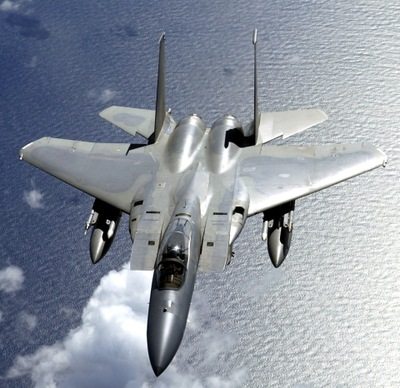The Navy’s only maritime helicopter testbed successfully prototyped and demonstrated technology offering significant improvements in tactical battlefield situational awareness recently at the Army’s Yuma Proving Ground in Arizona.
Exercising technology developed and provided by Northrop Grumman’s Rotorcraft Avionics Innovation Laboratory, “T-Rex” (Testbed for Rapid Warfighter Response and Experimentation), the Navy’s UH-1N testbed aircraft, provided an airborne “bridge” capability to link ground and airborne networks and provide a common operational picture to Marines and Sailors on the battlefield.
“The capabilities the team demonstrated represent a big leap forward in battlefield situational awareness by providing Beyond Line Of Sight access to voice/data/imagery and targeting information for disadvantaged users like Marines or Sailors in small or isolated units,” explained Doug Isleib, director of the Naval Aviation Center for Rotorcraft Advancement, the team that operates the testbed. “T-Rex was able to participate and exercise recently developed technology that could allow Sailors and Marines in tactical environments more rapid access to tactical networks at greater range and with up to 30 times more bandwidth.”
Additional objectives demonstrated by the NACRA test team during early May included geo-location and transmission of IR threat data into the network, onboard integration of FLIR and missile warning sensors, tactical white boarding over the network, and remote tasking of the NACRA testbed FLIR which can significantly shorten response times, according to Isleib.
Earlier at the Naval Air Warfare Center in China Lake, Calif., NACRA completed risk reduction tests for the H-1 program’s Digital System Upgrade through successful demonstration of Strike Link software and moving map capability (on a card) in the AH-1Z mission computer (integrated into the testbed system).
“We have a pretty wide range of projects in the near term that will reduce programmatic risk, lower total ownership costs and ultimately put improved capability into the hands of our Sailors and Marines,” Isleib said. “Hopefully, we can help transition some promising technology like fiber optics, small business projects, full-motion video and the next phase of Digital Systems Upgrade work.”
Testbed success in this, as well as other efforts came through teamwork across the Naval Air Warfare Center Aircraft Division, according to Isleib.
“Technical and modification assistance from the Aircraft Prototype Systems Division was critical to our successful completion of this demonstration,” Isleib said. “Their timely response and technical expertise helped us flex to a very demanding schedule and fluid situation.”
“T-Rex” is a risk reduction/rapid test capability centered on a fleet platform (a former US Marine Corps UH-1N Huey light utility helicopter) configured as a dedicated flying test bed. The aircraft is equipped with modern communications, navigational and survivability equipment such as a 1553 data bus, ARC-210 radios, embedded GPS and an external sensor with in-dash display (BRITEStar FLIR) — all tied into the aircraft’s specially designed and configured equipment racks allowing rapid configuration changes and flight clearance approval.
Not limited to DoD only, access to T-Rex is available to Industry, Academia and other government agencies as well.











